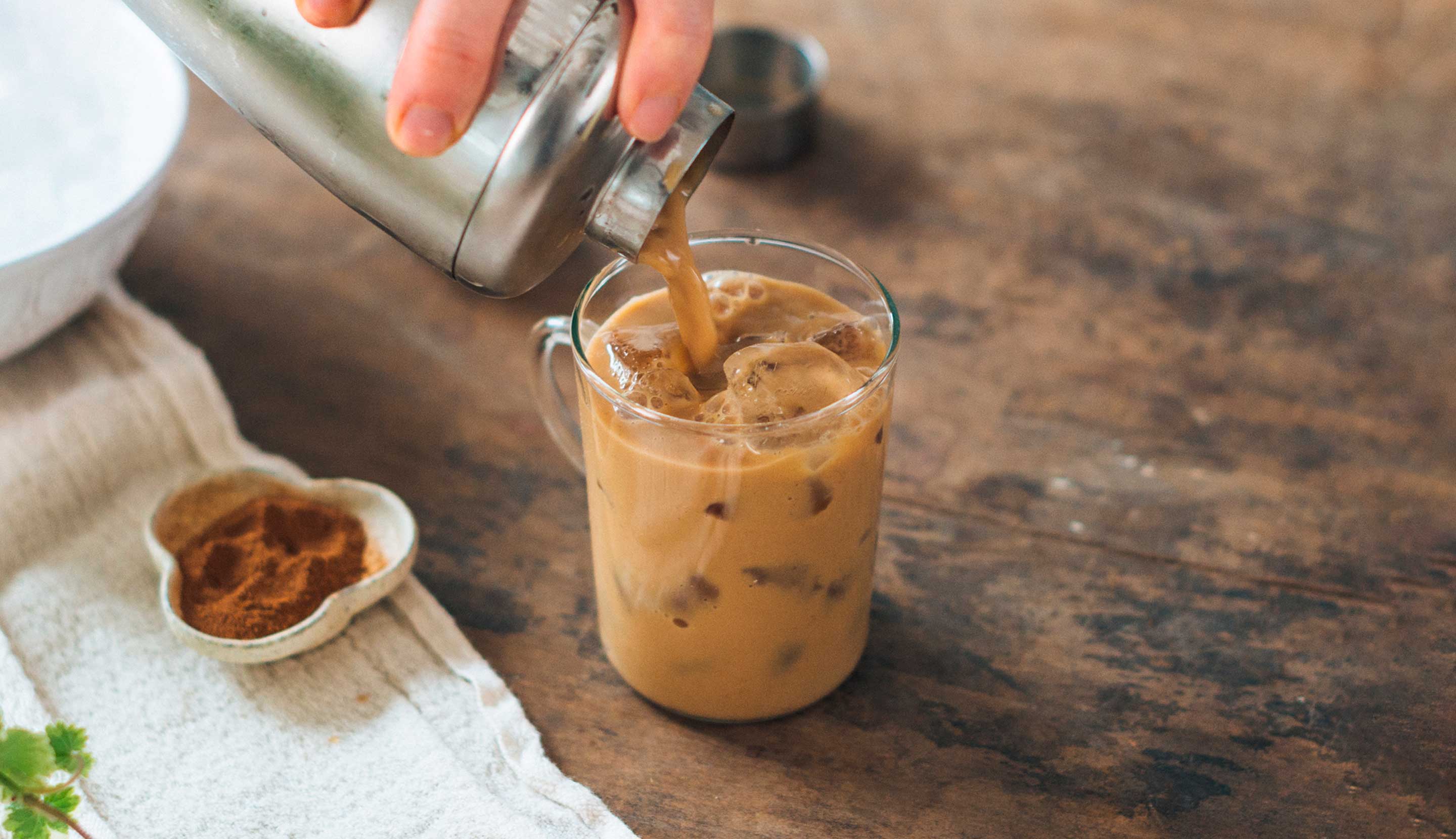Iced Coffee Era in the Philippines
In recent years, the Philippines has witnessed a dynamic shift in beverage preferences, reflecting global trends while adding its own unique flavors and twists. The transition from Milktea to iced coffee as the favored drink highlights not only changing tastes but also cultural influences and societal trends. This evolution has also significantly impacted the local economy and the business landscape, with a notable rise in cafes and coffee franchises across the country.
The Milktea Craze (2019-2020)

From 2019 to 2020, the Milktea craze swept through the Philippines with fervor. Originating from Taiwan, Milktea quickly captured the hearts of Filipinos, offering a diverse range of flavors, sweetness levels, and the distinctive chewy tapioca pearls known as "boba." What started as a novelty soon became a ubiquitous presence in malls, street corners, and social gatherings across the country.
Milktea shops sprouted everywhere, from high-end malls to small neighborhood stalls. Brands like Chatime, Gong Cha, and Coco Milk Tea became household names, each offering their unique spin on the classic Milktea. Filipinos embraced Milktea not just as a drink but as a lifestyle, with countless variations and combinations to suit individual tastes. The beverage became a symbol of social status and modernity, often featured in social media posts and gatherings.
The Shift to Iced Coffee (2021 Onwards)

By 2021, however, there was a noticeable shift in beverage preferences as iced coffee emerged as the new favorite. This transition was not merely a change in taste but a reflection of broader cultural shifts and lifestyle changes among Filipinos. The appeal of iced coffee lies in its versatility, offering a refreshing and caffeinated alternative that complements the tropical climate and the fast-paced urban lifestyle.
Factors Driving the Iced Coffee Trend
- Cultural Adaptation and Innovation: Filipinos have a penchant for adapting global trends to local tastes. In 2020, during the height of the COVID-19 pandemic, boredom led to culinary experimentation. This period saw the rise of inventive creations like ube cheesedesal and the viral sensation, Dalgona coffee. The latter, a whipped coffee concoction that gained fame on social media platforms, showcased the creativity of Filipinos and sparked a renewed interest in coffee culture. Home-bound Filipinos, seeking comfort and novelty, found solace in these new beverages, which soon became staples in many households.
- Social Media Influence: Platforms like Instagram and TikTok played a pivotal role in popularizing iced coffee trends. Influencers and content creators shared their own twists on classic coffee recipes, inspiring followers to replicate and innovate. This digital word-of-mouth effect amplified the appeal of iced coffee, turning it into a social media-worthy beverage. The aesthetic appeal of beautifully crafted iced coffee drinks, often served in clear glass jars with enticing layers of milk, coffee, and ice, further fueled its popularity.
- Diverse Offerings and Accessibility: Coffee chains and independent cafes responded to the demand by expanding their iced coffee offerings. From traditional iced lattes to trendy cold brews and flavored concoctions, consumers now enjoy a wide array of choices tailored to their preferences. Accessibility also increased with more cafes offering delivery services, catering to the evolving consumer habits. Local coffee shops, such as The Coffee Bean & Tea Leaf, Bo's Coffee, and even smaller, artisanal cafes, capitalized on this trend by introducing unique iced coffee variations, often incorporating local ingredients like muscovado sugar and barako coffee.
- Health Consciousness: As consumers became more health-conscious, iced coffee appealed as a lower-calorie alternative to sugary Milktea variants. Many coffee drinkers appreciated the boost in energy without the heavy sweetness, aligning with changing dietary preferences. The availability of sugar-free syrups, plant-based milk alternatives, and organic coffee beans made iced coffee an attractive option for health-conscious consumers.
- Proliferation of Cafes and Franchises: The rising demand for iced coffee has spurred the establishment of numerous cafes across the Philippines. Major coffee franchises, such as Starbucks, have been rapidly expanding, opening new branches consecutively to cater to the growing market. This boom in the coffee industry has not only provided more options for coffee enthusiasts but also contributed to the local economy by creating jobs and supporting local suppliers. The coffee shop culture has become an integral part of urban life, with cafes serving as popular spots for socializing, studying, and working remotely.
The Economic Impact
The shift towards iced coffee has had significant economic implications. The rapid establishment of cafes and coffee franchises has driven growth in related sectors, including agriculture, retail, and logistics. Local farmers benefit from the increased demand for high-quality coffee beans, while suppliers of coffee-making equipment and ingredients see a steady rise in business. Moreover, the proliferation of cafes creates employment opportunities, from baristas to delivery personnel, contributing to the local economy.
Conclusion
The evolution from Milktea to iced coffee in the Philippines exemplifies how beverage trends mirror societal changes and cultural influences. While Milktea introduced Filipinos to the pleasures of tea and tapioca pearls, the rise of iced coffee symbolizes a shift towards convenience, variety, and a deeper integration of global coffee culture into everyday life. This shift underscores not just a change in taste but a reflection of broader cultural shifts and lifestyle changes among Filipinos. The rapid establishment of cafes and coffee franchises further highlights the robust growth of the coffee culture in the Philippines.
As preferences continue to evolve, one thing remains certain—the Filipino love for flavorful beverages will continue to inspire new trends and innovations. The dynamic beverage landscape in the Philippines is a testament to the country's ability to adapt and innovate, ensuring that there will always be something new and exciting for consumers to enjoy.













































